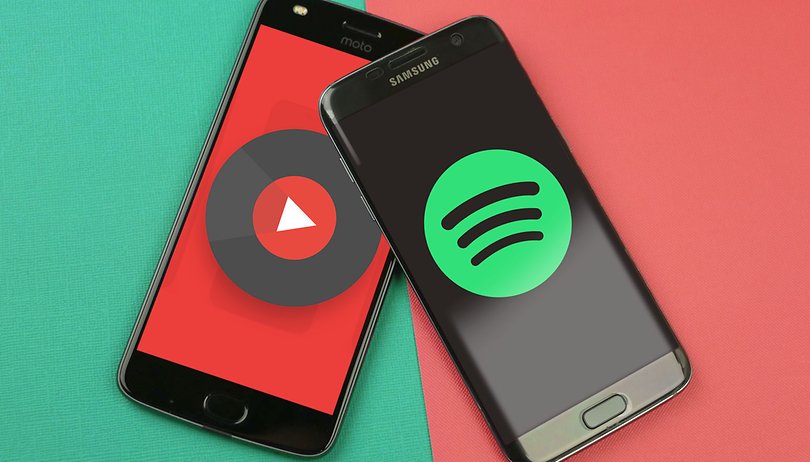PSLV-C45 lifted off from the Satish Dhawan Space Centre in Sriharikota carrying EMISAT and 28 customer satellites on board.
Business
Standard : India’s latest observation satellite EMISAT took
off smoothly on Monday morning with Isro placing payloads in three
orbits and conducting space experiments for the first time.
The
launch vehicle PSLV-C45
blasted off from the Isro spaceport, Satish Dhawan Space Centre,
Sriharikota at 09:27 am today. The rocket is carrying an electronic
intelligence satellite Emisat for the Defence Research Development
Organisation (DRDO) and 28 third-party satellites. This is the first
mission of the PSLV in which its PSLV-QL variant (4 XL Strap-on
motors) is being flown. The mission marks several firsts to the
credit of the space agency as it would manoeuvre satellites in
various orbits and orbital experiments including on maritime
satellite applications.
The
primary satellite in the rocket is EMISAT, a satellite based on
Isro’s Indian Mini Satellite -2 (IMS-2) bus platform. It is an
electronic intelligence satellite for DRDO. The mission would witness
the Isro
placing payloads three orbits and conducting space experiments.
#ISROMissions
#PSLVC45 lifts off from SDSC carrying #EMISAT & 28 customer
satellites.
Our
updates will continue.
- ISRO (@isro) April 1, 2019
The
principal “first-time” innovation this time is the multiple
orbits involved in the mission. The main satellite EMISAT and the 28
customer satellites will be ed into two different orbits, and later,
the fourth stage engine of the rocket will be taken to a third orbit
in space. A new variant of the rocket PSLV-QL equipped with four
Strap-On motors in the first stage is used for the launch.
This
is the 47th mission for Isro's PSLV programme.
So
after injecting the 436 kg primary satellite EMISAT, intended for
electromagnetic spectrum measurement, at around 17 minutes from lift
off in a 749 km orbit, they would restart the fourth stage again.
During this initiative, all the other 28 customer satellites would be
released by lowering the fourth state to around 504 kms orbit. Again,
the fourth stage would be reignited and further lowered to 485 kms
orbit to serve as an orbital platform for carrying out space borne
experimentations for the first time in Isro's history.













